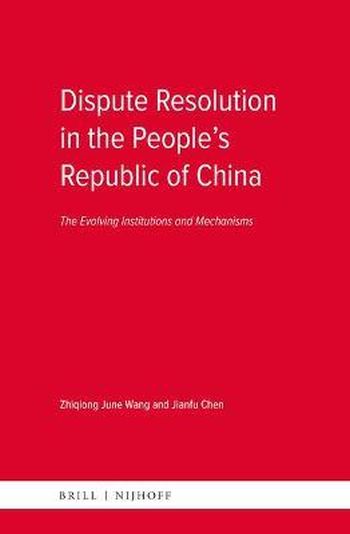
Dispute resolution reforms in China in the last decade or so have all centred around the strategy of establishing an integrated dispute resolution system as part of China’s modern governance system. This new integrated system, referred to as the ‘Mechanism for Pluralist Dispute Resolution (PDR)’ in China, serves as a dispute resolution system as well as a comprehensive social control mechanism. This book is the first academic attempt to explain the methods of civil and commercial dispute resolution in China from the perspective of PDR. It systematically and critically examines the development of China’s dispute resolution system, with each chapter analysing in detail the development and transformation of the different institutions, mechanisms and processes in their historical, politico-economic and comparative context.